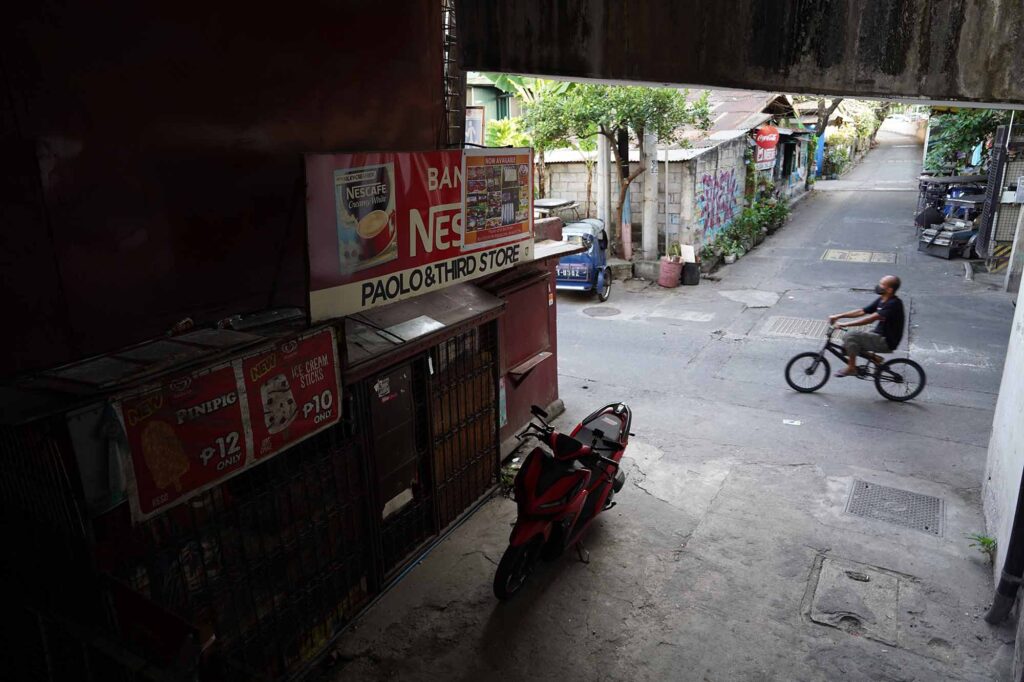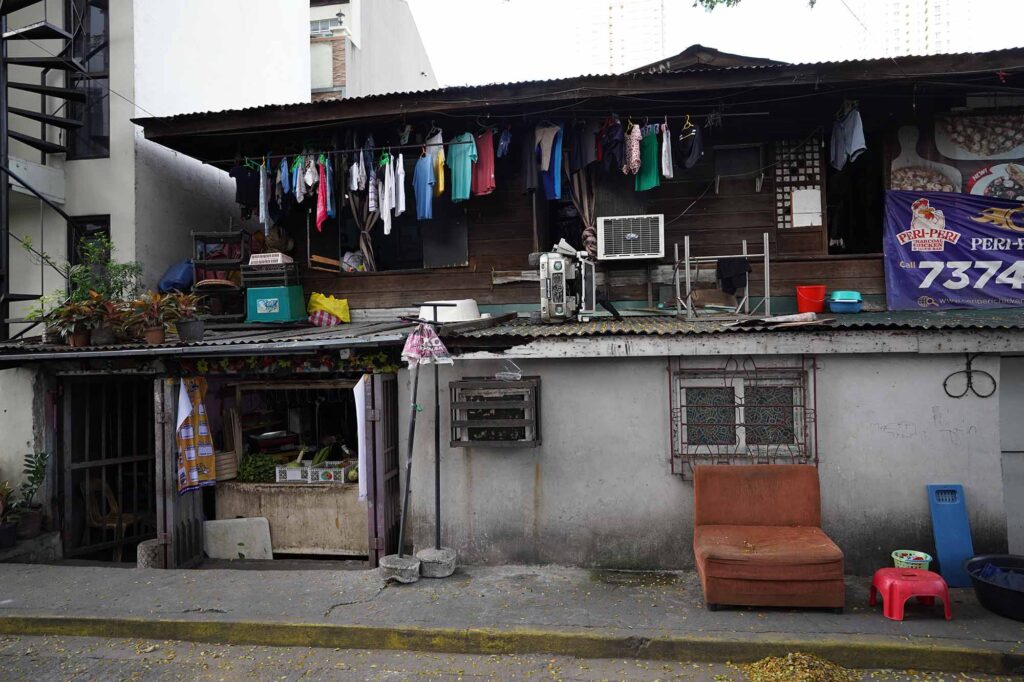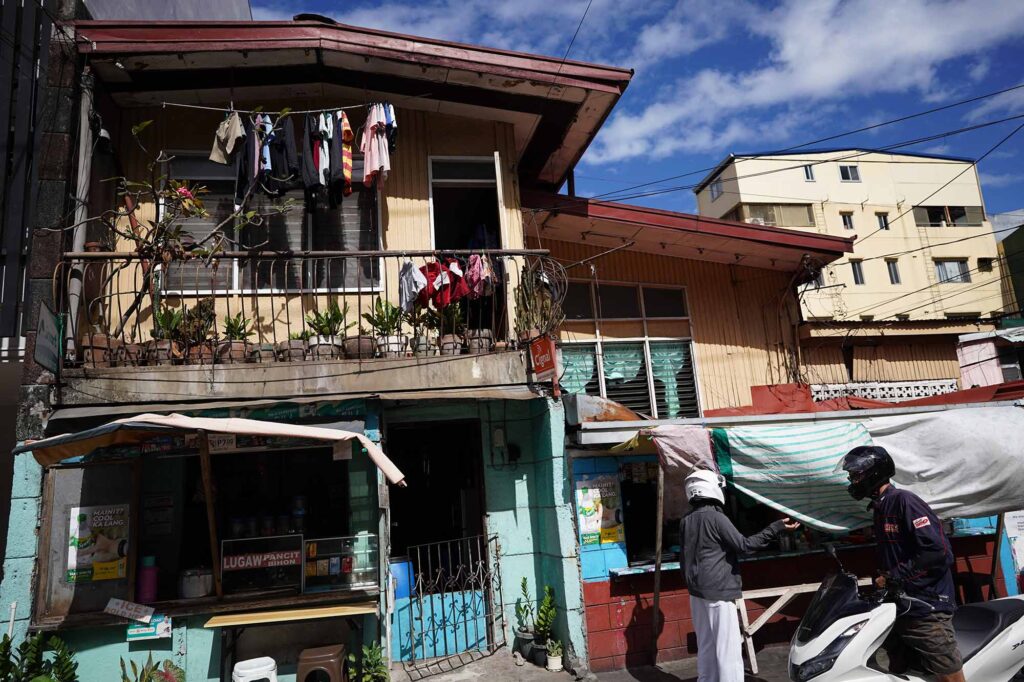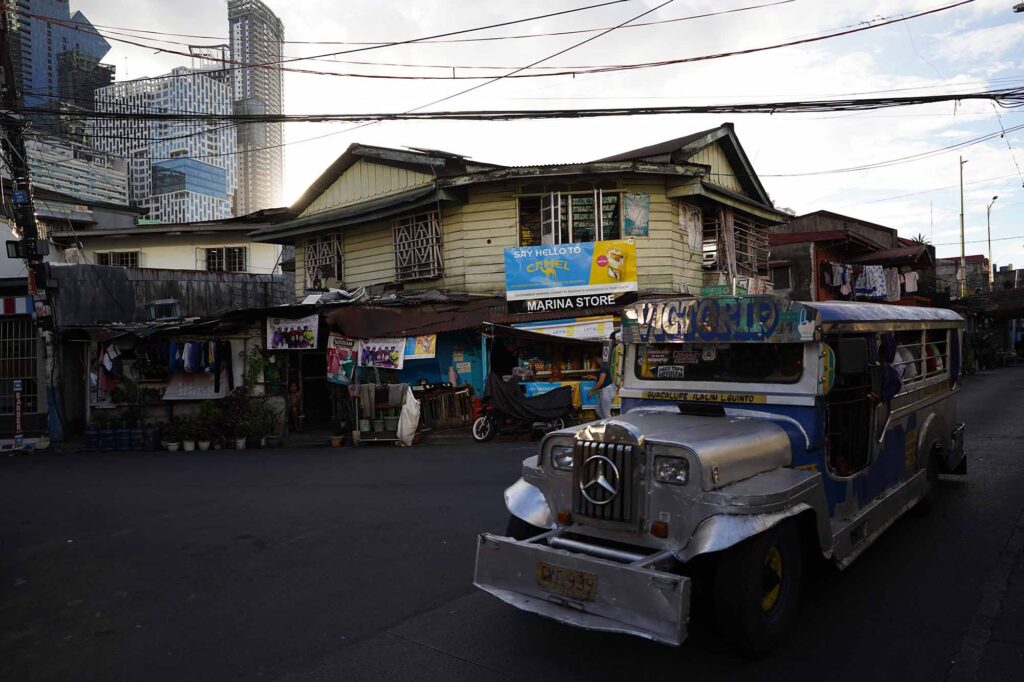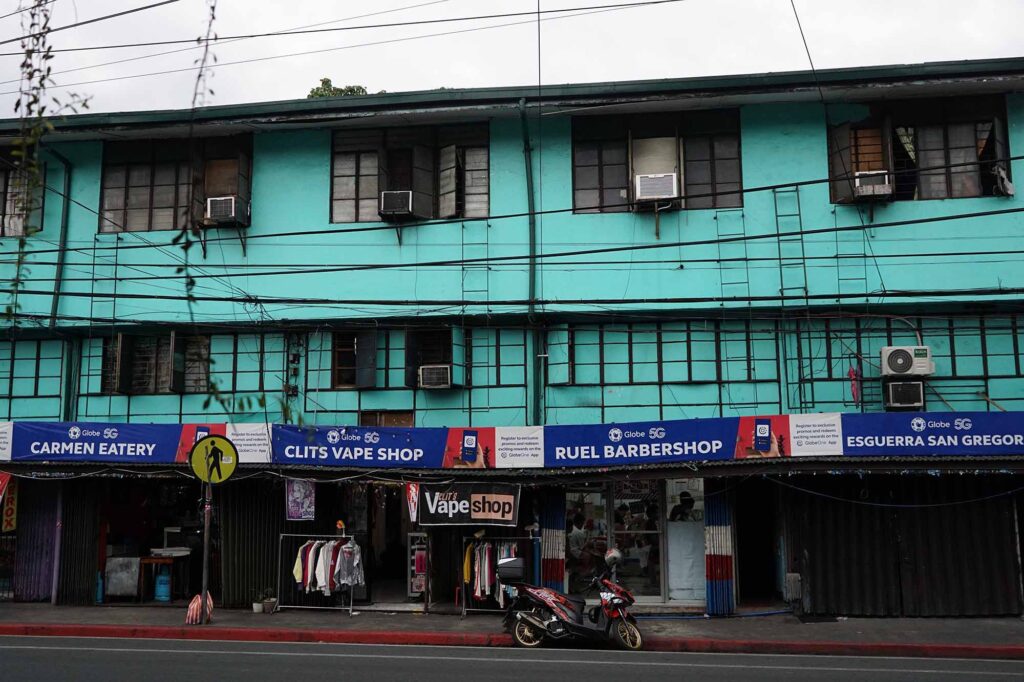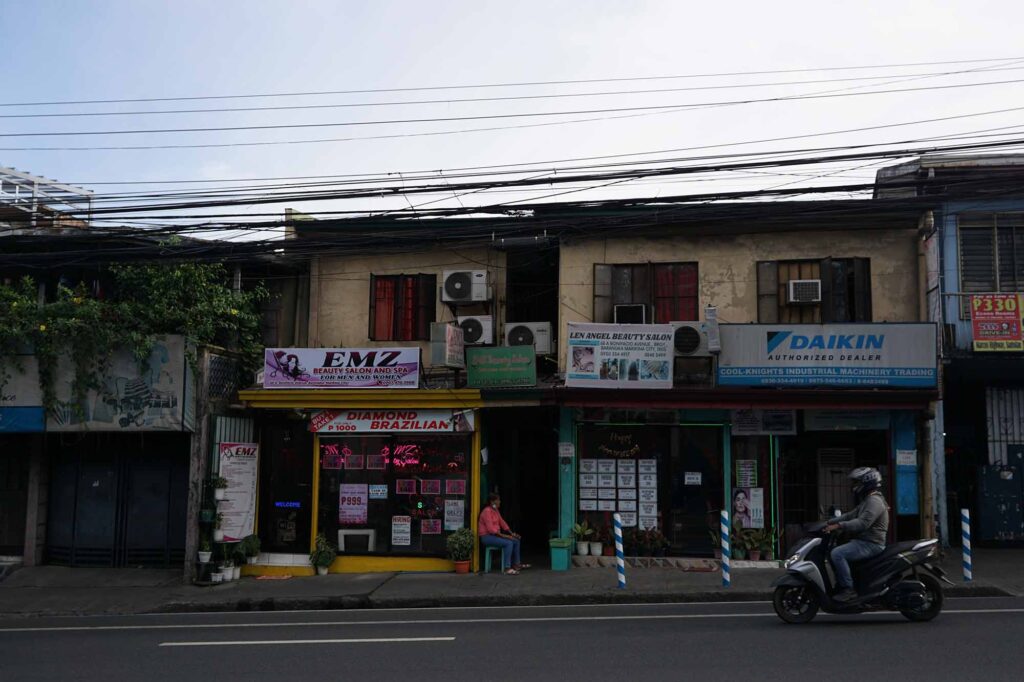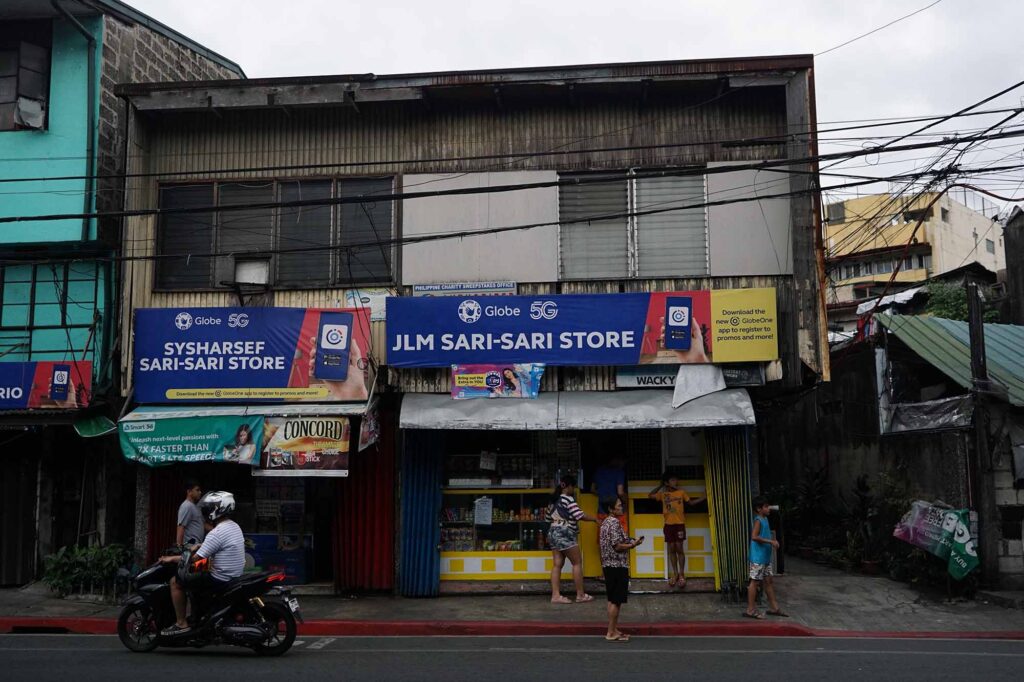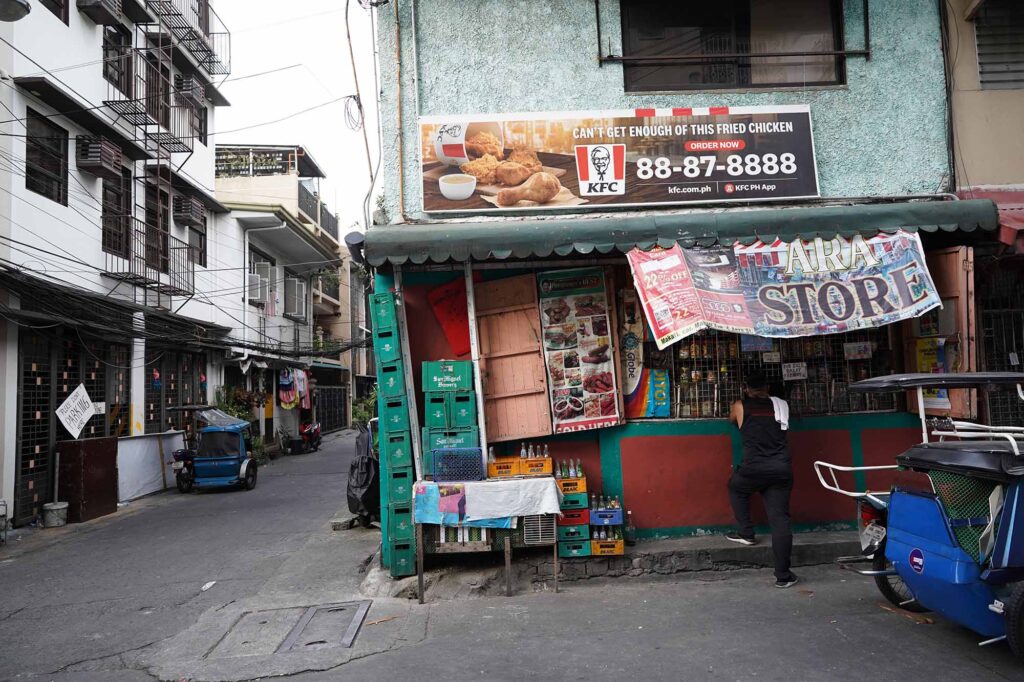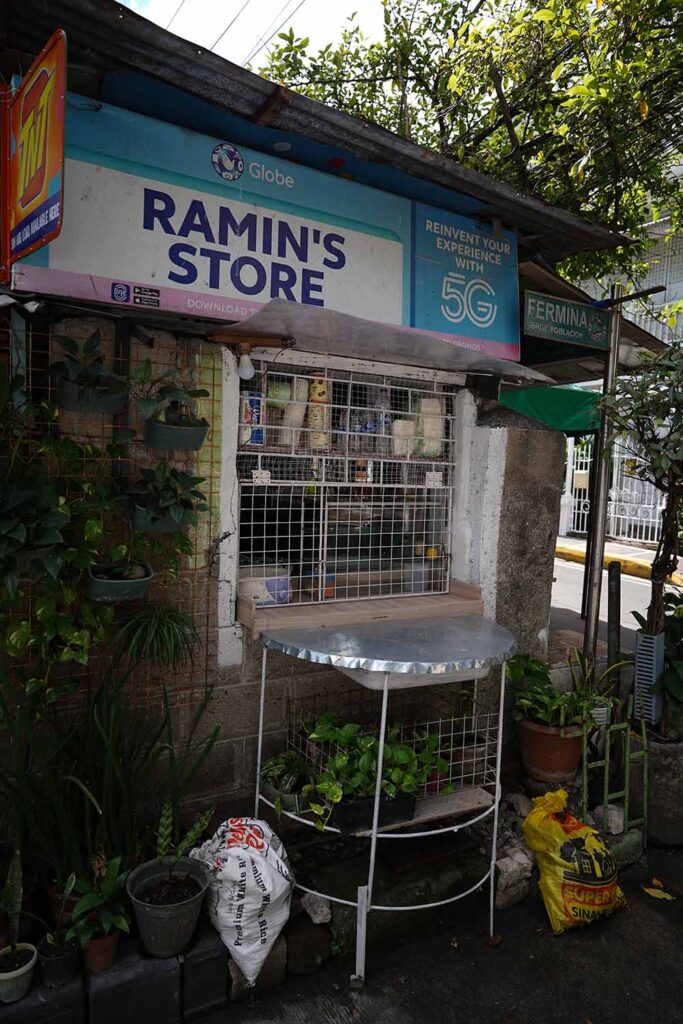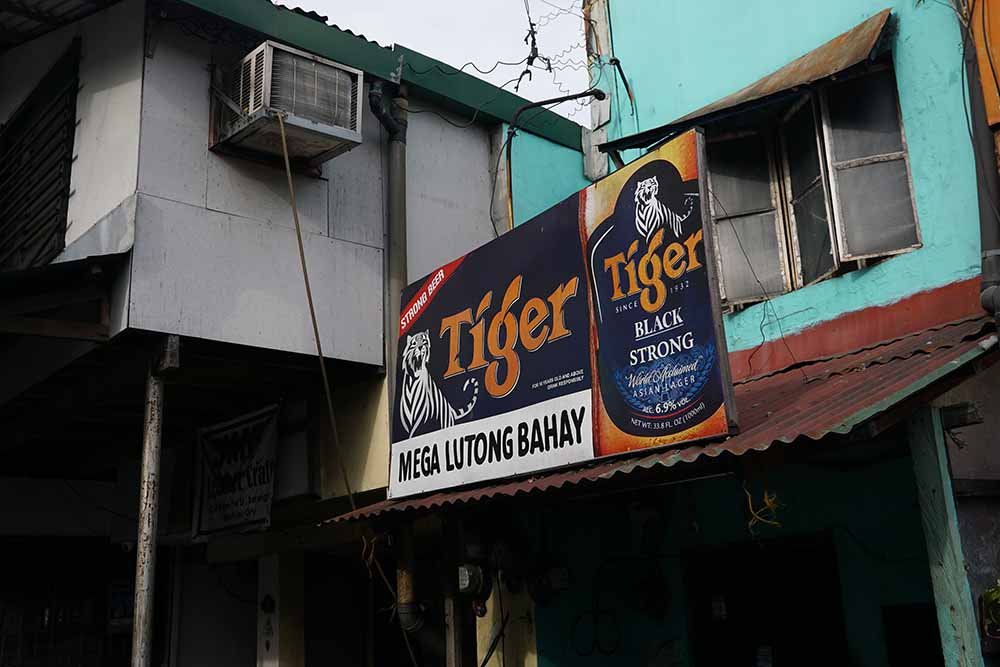Home is defined as a refuge in the turbulent seas of urban life (Appleyard 1979). It embodies the familiar, a place where the inhabitants are comfortable and can feel at ease. Home can pin down place by providing a locale an identity; it is ‘‘ours’’ that acts as a symbol of self (Marcus 1976, 1997). Thus, a home is not simply a place to live in, but encompasses a variety of personal concerns, such as aspirations, motivations and values, as well as physical well-being and lifestyle choices (Hayward 1975, Feldman 1990). The emotions associated with home as a contested concept are predominantly positive, including feelings of love, warmth, trust and understanding, combined with comfort, relaxation and security. Home, though, is also a defended place, even a fortified castle, where residents retreat from the outside world (Ladd 1977, Fried 1963, 2000).
This is a photo essay showing the different manifestations of home as a public-private hybrid in urban Metro Manila. The cities shown here are Makati, Mandaluyong, Marikina, and San Juan.
Philippine households everywhere have the external appearance of being nuclear families but there are many relatives living nearby, with the child’s development and character formation oriented toward getting along and being cooperative with others (Shimizu 1986; Medina 1992). In Metro Manila and in the whole country, it is likely that family-linked consumption in low-income communities has evolved into a viable strategy to cope with living in a highly unequal society. After all, for Filipinos, family success is the measure of a successful life (Timbreza 2003).
In this understanding, home functions as crux of what is intimate, what is included in the group but it also considers that home can be contested and can be challenged by external factors. In this essay, there are stores or small establishments on the first floor of the home, with intimate details such as first names of family members on the store signages. These connect the inside and outside spaces and indicate that the home is not just about the people, but the community that shares its memory and identity as well.
Home is seen as a category of place, where home signifies a range of potential meanings, reflective of two basic strands: home is both a physical site of shelter and an imaginative set of feelings related to belonging. Blunt and Dowling (2006) write:
‘Geographies of home are relational: the material form of home is dependent on what home is imagined to be, and imaginaries of home are influenced by the physical forms of dwelling…Home is neither the dwelling nor the feeling, but the relation between the two.’ (22)
Somerville (1992, 1997) has combined these approaches and has addressed them holistically. His research condenses the social, psychological and emotive aspects of home. For Sommerville (1992 & 1997), domestic relations (the focus of sociological accounts of home) are constituted by experience and action (the focus of psychological and phenomenological accounts of home), just as domestic experience and action issue from “the material and social realities of domestic structures” (237). Thus, home is considered to be a socio-spatial unit and a psycho-spatial unit at the same time.
The images here seek to document the visual landscape of family as the nexus of consumption. The Filipino family is distinct, connected by networks, and a hybrid of public and private spaces. The Filipino home is an expression of these characteristics, with post-colonial expressions, and translocal aspirations.
In summary, the concept of home can be understood in a multitude of ways. A person’s home was usually understood to be situated in space (and time). However, it is not about the physical structure of a house, nor is it the natural and built environment of a neighbourhood or region that is understood to make a home. Rather, it is when such spaces are engraved with meaning that they become homes. ‘Home’ has been seen as a socio-spatial entity (Saunders and Williams 1988), a psycho-social entity (Giuliani 1991; Poteous 1976), as an emotive space (Giuliani 1991; Gurney 2000), or as a combination of the three (Somerville 1992, 1997). Hence, homes are ‘places’ that evoke social, psychological and emotive meaning for individuals and for groups.
Visual essay by Aaron R. Vicencio and Czarina A. Saloma-Akpedonu.


